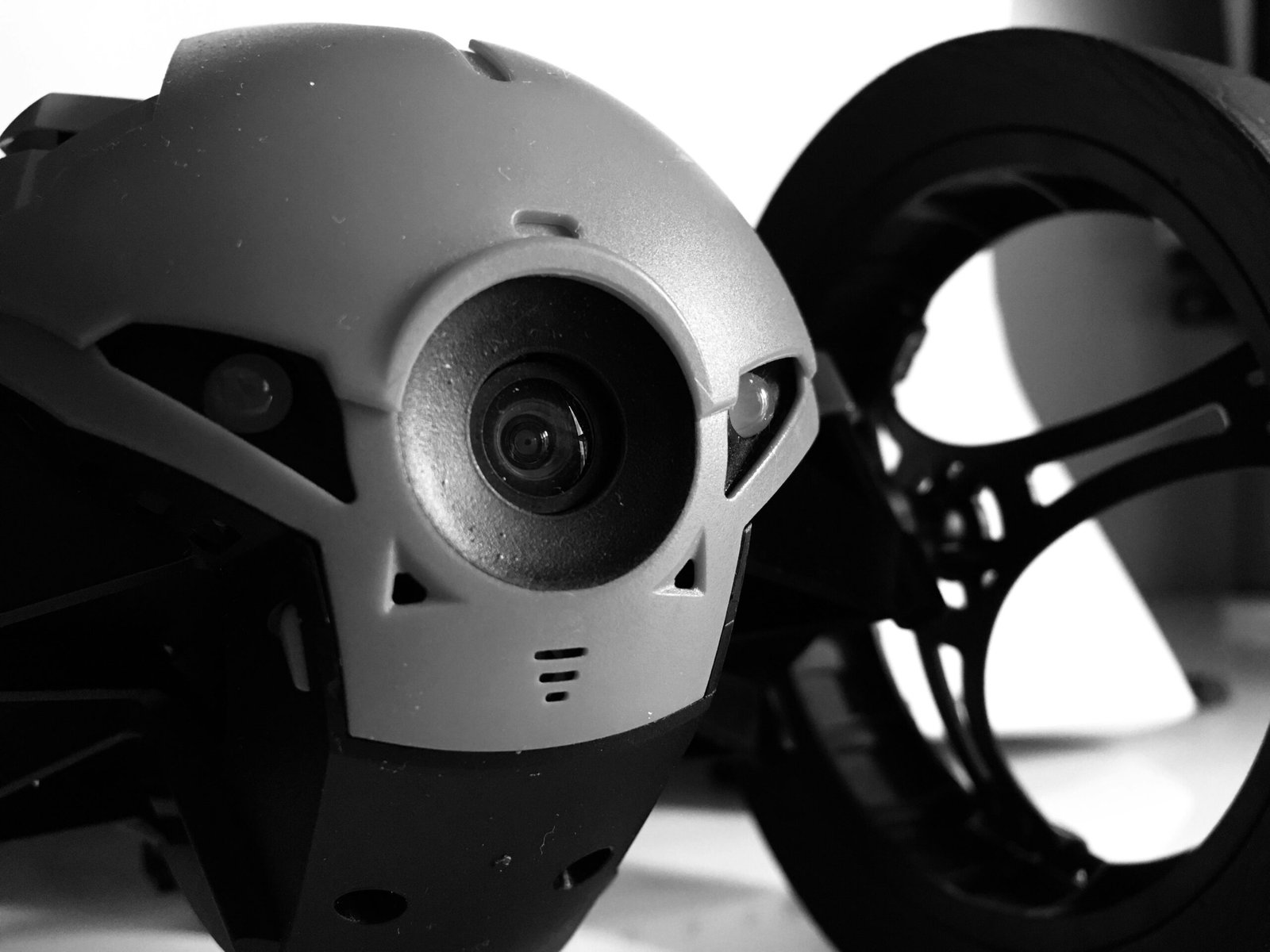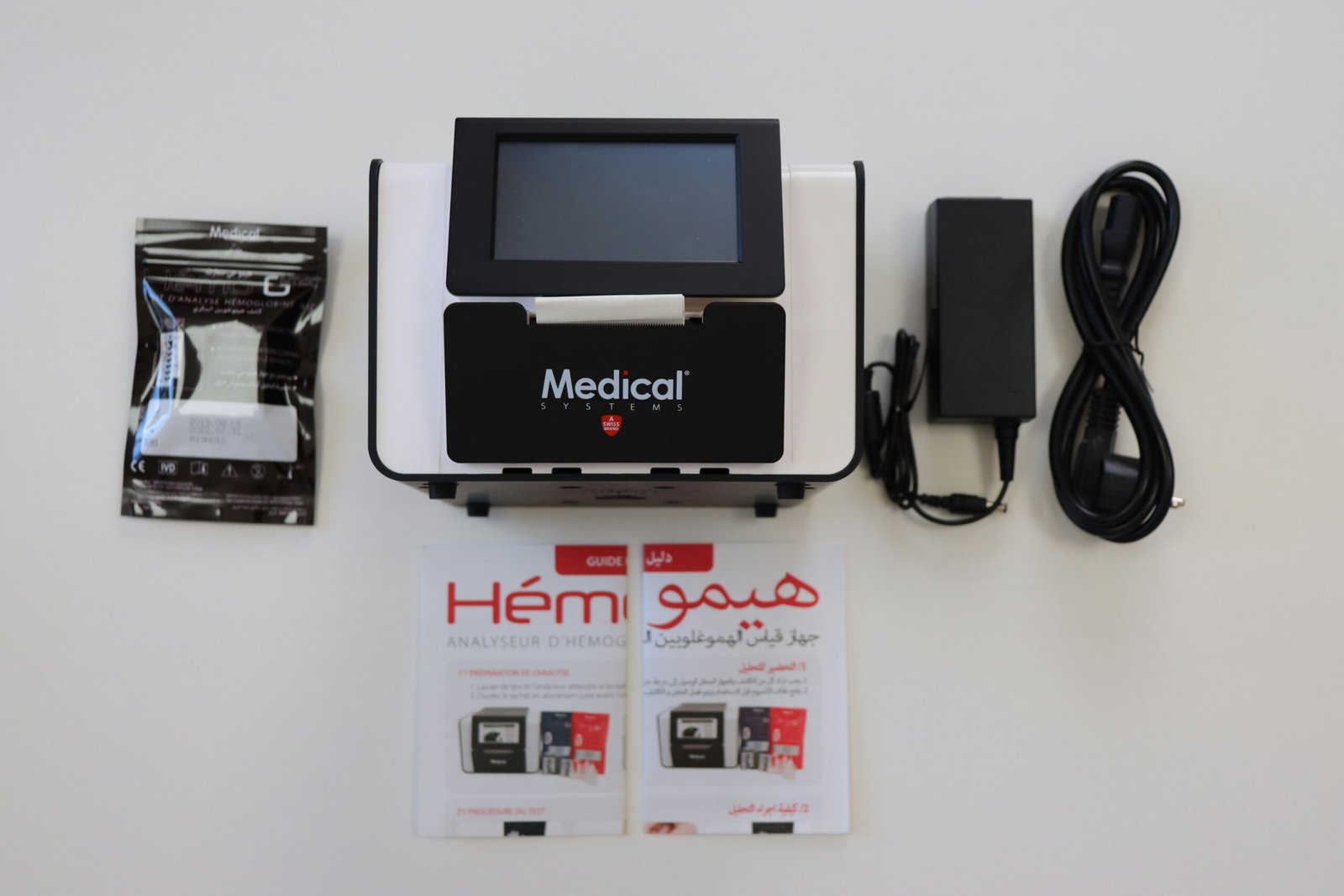Understanding AI and Its Applications in Medical Device Design
Artificial intelligence (AI) has emerged as a transformative force in various industries, and its impact on medical device design is particularly significant. AI refers to computer systems that can perform tasks that typically require human intelligence, such as reasoning, learning, and problem-solving. Within the medical device industry, AI technologies, including machine learning and natural language processing, are increasingly utilized to enhance product development and improve patient outcomes.
Machine learning, a subset of AI, enables systems to learn from data and make predictions or decisions based on this information. In medical device design, machine learning algorithms can analyze large datasets to identify patterns and trends, aiding in the creation of devices that are more efficient and tailored to specific patient needs. For instance, predictive analytics can help in the design of wearable devices that monitor health metrics in real time, enabling proactive healthcare interventions.
Natural language processing (NLP) is another vital AI technology that simplifies the interaction between humans and machines by allowing computers to understand and interpret human language. In the context of medical devices, NLP can be harnessed to improve the usability of diagnostic tools. It enables the extraction of valuable information from clinical documentation, streamlining data input processes and enhancing the accuracy of device outputs.
The integration of AI into the medical device design process plays a crucial role in improving both efficiency and innovation. By leveraging AI, designers can expedite the prototyping phase, leading to faster market entry for essential medical technologies. Moreover, AI-powered devices can provide more accurate diagnostics and personalized treatment options, ultimately enhancing patient care.
As the medical device industry continues to evolve, the role of AI is expected to grow, paving the way for groundbreaking advancements that can address various healthcare challenges. Understanding these AI technologies and their applications is fundamental for comprehending their influence on medical device design.
Innovative AI-Driven Medical Devices: Case Studies
The integration of artificial intelligence (AI) in the design of medical devices has brought about transformative advancements in healthcare. Several case studies illustrate the successful implementation of AI technologies, showcasing their capacity to enhance device functionality and patient care.
One prominent example is the use of AI in imaging equipment, particularly in radiology. Devices that leverage machine learning algorithms, such as Google’s DeepMind, have been developed to aid in the early detection of conditions like diabetic retinopathy. These AI-driven systems analyze medical images with remarkable accuracy, often surpassing human specialists in identifying subtle patterns that indicate disease. The primary challenge faced during development was the need for extensive and diverse datasets to train the AI, given that the performance of machine learning models is highly dependent on the quality and quantity of data. The outcome has not only resulted in faster diagnostics but also significantly improved screening processes, demonstrating a vital step forward in proactive healthcare.
Another case study can be found in wearable health monitoring devices. The Apple Watch, equipped with AI capabilities, has revolutionized personal health management by continuously monitoring vital signs and alerting users about irregular heart rates. The challenge here lies in ensuring data accuracy and privacy. Through sophisticated algorithms, the device effectively mitigates false positives, providing users with reliable health insights. The result is an enhanced user experience that encourages individuals to take charge of their health decisions, ultimately reducing the burden on healthcare systems.
These case studies exemplify the ways in which AI-driven medical devices are not only improving existing healthcare methodologies but also addressing critical challenges within the industry. By integrating advanced technologies into medical device design, significant improvements in patient outcomes and healthcare efficiency can be achieved, illustrating the impactful role of artificial intelligence in modern medicine.
Challenges and Ethical Considerations in AI Medical Device Design
The integration of artificial intelligence (AI) into medical device design brings about significant challenges and ethical implications that must be meticulously addressed. One pressing concern is data privacy. Medical devices often process sensitive information related to patients’ health, necessitating robust measures to protect this data from unauthorized access and misuse. It is crucial for healthcare providers and device manufacturers to comply with regulations governing data protection, such as the Health Insurance Portability and Accountability Act (HIPAA) in the United States, to ensure that patient data remains confidential.
Another critical challenge is the risk of algorithmic bias. AI systems are trained on datasets that may not represent the entirety of the population. Consequently, AI-driven medical devices can inadvertently exacerbate existing health disparities if they are developed using biased data. This necessitates a thoughtful approach to dataset selection and continuous evaluation of AI performance across diverse patient demographics to ensure equitable healthcare access and outcomes for all.
Regulatory compliance represents a further layer of complexity in the design of AI-powered medical devices. Regulatory bodies are still grappling with the implications of AI technologies, which may result in delays in approval processes or uncertainty regarding the requirements for validation and verification. Collaboration between AI developers and regulatory stakeholders is essential in creating clear guidelines that balance innovation with patient safety.
Transparency in AI-driven decision-making is another critical consideration. Healthcare professionals must be able to understand and interpret AI outputs, ensuring that these technologies complement their clinical judgments rather than replace them. Engaging practitioners in the design process can lead to the development of AI systems that are not only effective but also understood and trusted by those who use them. In this context, striking a balance between advancement, ethical considerations, and patient safety becomes paramount for the responsible implementation of AI in healthcare.
The Future of AI in Medical Device Design: Trends and Predictions
The integration of artificial intelligence (AI) in medical device design is poised to transform healthcare in extraordinary ways. Emerging trends show that AI will enhance the precision and efficacy of medical devices, allowing for personalized and patient-centered approaches. Designers of medical instruments are increasingly leveraging machine learning algorithms to analyze large datasets, enabling the development of devices that can adapt to individual patient needs and conditions. This bespoke approach not only improves patient outcomes but also elevates the quality of care delivered.
Another key trend is the incorporation of predictive analytics in medical devices. With the ability to predict potential health risks and complications based on real-time data, AI-powered devices can facilitate timely interventions, ultimately reducing hospital readmission rates. For instance, wearable devices equipped with AI capabilities can continuously monitor vital signs and alert medical professionals to anomalies, ensuring prompt responses to critical situations.
Moreover, the potential applications of AI in medical device design extend to telemedicine and remote patient monitoring. As virtual healthcare gains traction, intelligent devices that connect with patients outside clinical settings will play a pivotal role. These devices can streamline communication between patients and healthcare providers, thereby enhancing patient engagement and adherence to treatment plans.
Looking into the future, it is expected that the role of AI will expand beyond existing functionalities, with innovations emerging that we can scarcely imagine today. From automated surgical instruments to AI-driven diagnostic tools, the next generation of medical devices will be equipped with advanced capabilities to further streamline workflows and enrich patient experiences.
As we consider these developments, it is vital for stakeholders to collaborate, ensuring that ethical standards and regulatory frameworks are established to govern the use of AI in medical device design. The future promises innovative advancements, but caution and responsibility will be critical in navigating this rapidly evolving landscape of healthcare.









